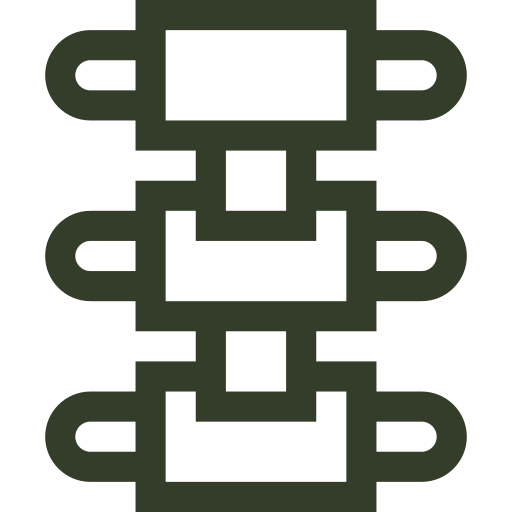Our
Specialities
We adjust everybody
Over the course of the seminars, each member of our team has trained to become an expert in their field.
Your first visit
01
Anamnesis*
I start with the anamnesis ( a careful interrogation about your health) health history, current symptoms, any previous injuries or medical conditions and lifestyle factors will be detailed.
A thorough examination of your whole body. Orthopaedic tests, neurological tests. In some cases, the chiropractor read your X-rays, MRI or CT to get a more detailed view of the spine and related structures. This helps in formulating an accurate diagnosis and treatment plan.
02
Find the source
The chiropractor may use palpation (touch) to identify areas of tenderness, muscle tension, or spinal misalignments.
Clarifying the source of the pain (muscles, joints, ligaments, nerves etc) is a key step.
03
Chiropractic Therapy
We then work with gentle, precise and specific body adjustments:
- Craniosacral therapy
- Fascias mobilization
- Soft tissue work
- Vertebral manipulations
04
Treatment plan
Based on the assessment, the chiropractor will propose a personalized treatment plan tailored to your specific needs. This may involve a series of chiropractic adjustments, therapeutic exercises, lifestyle recommendations, and other modalities.
The chiropractor will discuss the frequency of visits required for optimal results and how long the treatment plan is expected to last.
The 3 Phases of Chiropractic Care
1-Relief Phase (Acute Care)
Goal: Reduce pain and inflammation, restore initial mobility.
Scientific basis: Adjustments help decrease nociceptive input (pain signals) from the spine, normalize joint motion, and reduce protective muscle spasm. This phase addresses the immediate symptoms but doesn’t yet correct the underlying dysfunction.
Improving? – Corrective and stabilisation phase: improved biomechanics and function stabilizing
Adresses to the cause of the dis-ease, you continue the care in order to maintain and optimise your health.
Optimising ? – Wellness phase: I want to stay with an optimal health = Doing and being your best.
Getting regularly adjusted will insure you of living at your optimum level of health and function even though we are always under stress (physical, emotional or chemical).


